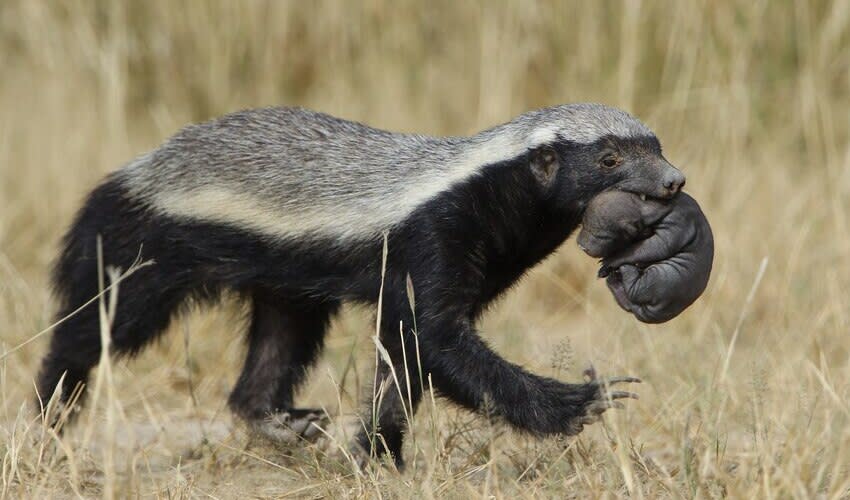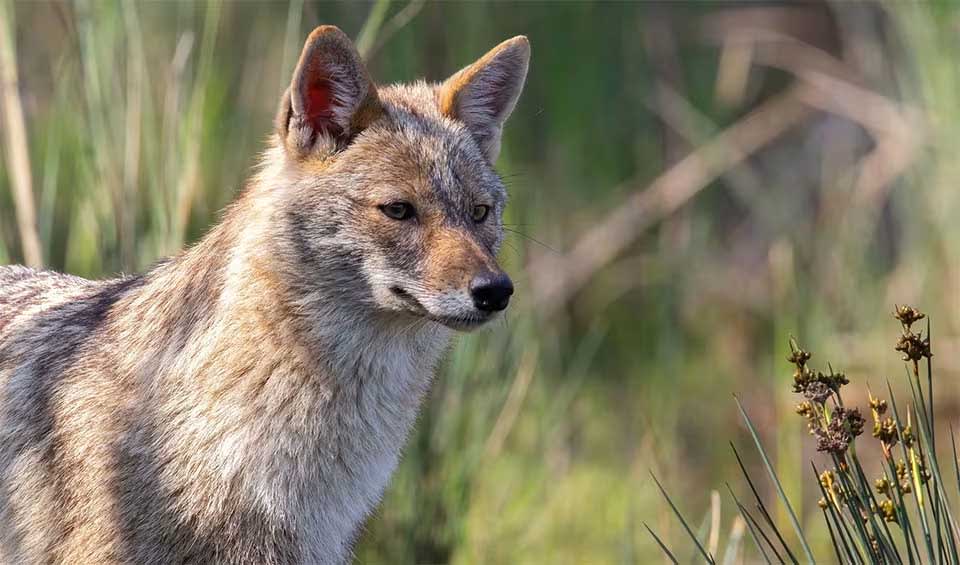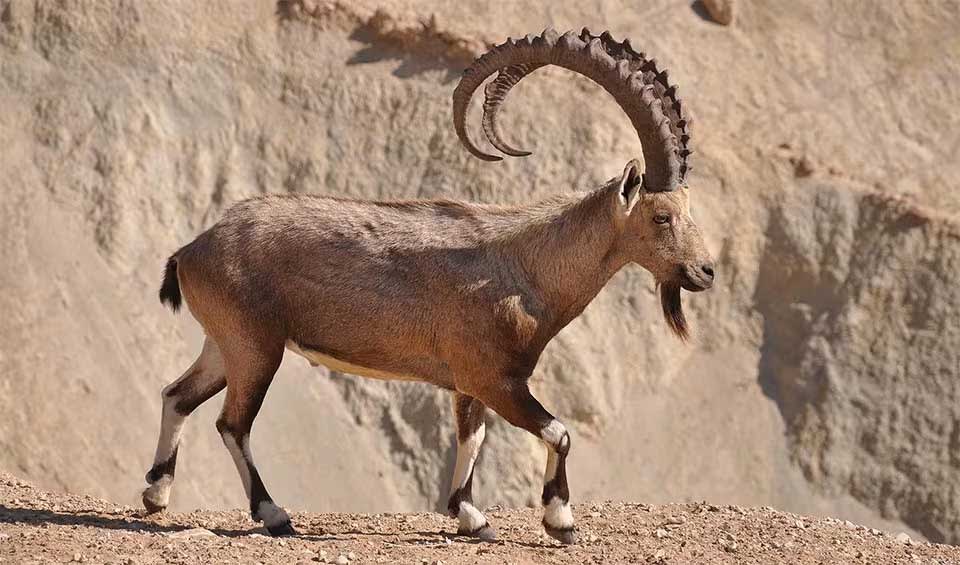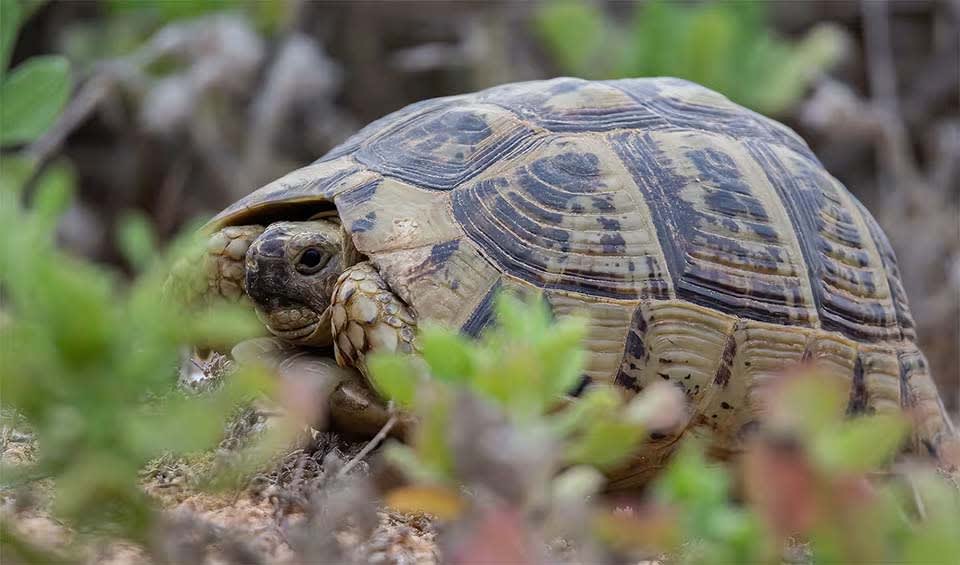Lebanon, situated in the Eastern Mediterranean and identified as one of the 36 global biodiversity hotspots, faces exceptional threats to its species due to its regional hotspot status. The country’s highly complex geomorphology contributes to a diverse mosaic of habitats that support its rich biodiversity, yet much remains to be discovered. Lebanon lies within a zone of mega-diversity for crucial agricultural food crops and pasture species.
Its faunal diversity is notably high for its size, especially in comparison with neighboring countries. With a Mediterranean climate and a variety of habitats ranging from islands and coastal areas to rivers and mountains peaking at 3,088 meters above sea level, Lebanon boasts a rich environmental tapestry.
Four pillars elaborated:
Lebanon is home to a diverse array of protected areas, including nature reserves, natural sites, protected forests, and touristic sites that preserve both its rich biodiversity and cultural heritage. The country is actively working on a marine protected area strategy to protect its valuable marine and coastal ecosystems. This strategy involves creating a network of protected areas to conserve marine biodiversity and promote sustainable fishing practices. Lebanon’s 18 natural reserves boast a wealth of biological diversity, housing around 370 different bird species and 2,000 types of plants and wildflowers, many of which are endemic to the region. Additionally, these reserves provide a habitat for thirty species of mammals, such as wolves, hyenas, wildcats, porcupines, and squirrels. Land Management
Land Management
Biodiversity in Lebanon faces numerous threats primarily caused by human activities. These include habitat destruction due to urban expansion, coastal degradation, and the encroachment of agricultural lands; unsustainable exploitation of natural resources such as overhunting, overharvesting, overfishing, and rampant unregulated use of groundwater; and pollution from modern chemical-intensive agriculture and wastewater discharge into rivers. The introduction of invasive alien species, particularly marine species via the Suez Canal and ornamental and donated forestry plants, further compounds these issues. Threats to Biodiversity
Threats to Biodiversity
Historical factors like the civil war from 1975 to 1990 and ongoing political instability have also led to erratic management practices. Additionally, climate change poses a severe risk, likely to alter terrestrial ecosystems significantly (e.g., transforming forests into shrublands or grasslands, increasing populations of rodents and their predators, and shifting migratory bird routes), exacerbate water scarcity, raise temperatures, and increase the frequency and intensity of storms.
Lebanon is actively integrating biodiversity conservation across various sectors and ministries, guided by several strategic plans and laws. These include the National Reforestation Plan, which focuses on using only native species for reforestation and methods that do not harm existing biodiversity, and the Marine Protected Areas Strategy of 2012. Biodiversity considerations are also embedded in legislation like the Hunting Law of 2004, the Desertification National Action Plan of 2003, the National Master Plan for Land Management of 2009, and the National Strategy for Forest Fires of the same year. Capacity and Governance
Capacity and Governance
Environmental considerations are generally incorporated in other policies such as the National Master Plan for Quarries and the National Plan for Integrated Solid Waste Management, which introduces waste-to-energy technologies and aims to close open burning dumpsites. The National Water Sector Strategy, endorsed in 2012, includes environmental protection within its investment plan. Additionally, biodiversity conservation is indirectly supported through the promotion of ecotourism, environmental education in schools, environmental media coverage, and environmentally compliant industry practices.
Lebanon has several biodiversity plans in place to protect and preserve its unique flora and fauna species. The country is working on implementing the National Biodiversity Strategy and Action Plan, which was launched in 2016. This plan aims to conserve biodiversity in Lebanon by promoting sustainable use of natural resources, reducing habitat loss and fragmentation, and increasing public awareness of biodiversity conservation. Future Trends
Future Trends
Additionally, Lebanon is a signatory to the United Nations Convention on Biological Diversity and has set targets to halt the loss of biodiversity by 2030. The country is also working on measures to combat climate change, which is a major threat to biodiversity. These efforts include reducing greenhouse gas emissions, promoting renewable energy, and implementing sustainable land use practices.
Biodiversity
Lebanon is home to several iconic species of flora and fauna. Some of the most notable fauna species include the Lebanon cedar, which is the national emblem of Lebanon, the Syrian brown bear, the mountain gazelle, and the striped hyena. As for flora species, Lebanon has a rich diversity of wildflowers, such as the anemone, the iris, and the tulip.The country is also known for its fruit trees, such as the fig, the pomegranate, and the olive. Lebanon’s landscapes are diverse and range from the Mediterranean coast to the mountainous regions. The country is also home to several important ecosystems, such as the Mediterranean forests, woodlands, and scrub.
In the table below are the number of known species in several main groups, how many of these species are Threatened with extinction, and how many of them are Endemic (unique to Lebanon only):
| Species (World rank) |
Threatened | % Threatened | Endemic | % Endemic | |
|---|---|---|---|---|---|
| Mammals | 80 (#141) | 10 | 12.5% | ||
| Birds | 295 (#127) | 11 | 3.7% | ||
| Reptiles | 57 (#115) | 8 | 14.0% | 1 | 1.8% |
| Amphibians | 6 (#153) | ||||
| Fishes | 327 (#146) | 50 | 15.3% | 1 | 0.3% |
| Plants | 2,705 (#132) | 24 | 0.9% | 6 | 0.2% |
mammals
Honey badger
Well known for their ferocity, these fearless little creatures are always ready to take on an entire pride of lions
Golden jackal
Exceptional hunters, but they can feed solely on grass and survive in the absence of prey
Nubian ibex
Newborns are fully developed and capable of running and jumping within a day after their birth
birds
Eurasian eagle-owl
These owls have specialized feathers that make their flight nearly silent
Syrian woodpecker
One of the only birds that can drill a hole in the hardest of wood
Palestine sunbird
The tiny hovering jewel of house gardens
reptiles
Greek tortoise
The mosaic-shelled marvel of the Mediterranean
Mediterranean house gecko
Resilient creature that can thrive in human-dominated environments
Palestine viper
With its striking appearance and venomous reputation, this snake embodies a captivating blend of beauty and danger
amphibians
Arabian tree frog
A tiny amphibian that brings a touch of charm to the Arabian Peninsula
Common toad
A warty amphibian with golden eyes
Levant water frog
A fully aquatic frog that spends its entire life in water, rarely coming to the surface
National Animals
Striped hyena
The only hyena species outside of Africa that can go 15km (10 miles) for a meal

















